It’s morning in the garden of William Christie, and he’s talking about home improvements. ‘I planted three pines up there actually,’ he says, pointing. ‘One blew over in a storm in ’99. But I was able to plant on both sides and create a vista. It’s getting there.’ He gestures across topiary and lawns and away towards the opposite hillside, where an avenue of trees and classical pillars sweeps up towards the skyline. Hang on: he created that too? It’s not unknown for famous conductors to act like Bourbon princes. Here in la France profonde, though — on the terrace of his 16th-century farmhouse, and celebrating 40 years as director of his early-music ensemble Les Arts Florissants — Christie is literally master of all he surveys.
Well, of course he is. This is the Vendée, a region of poplar-lined highways and dusty, shuttered villages that tourists tend to ignore, and even the road signs make it clear that ‘Les Jardins de William Christie’ are something of a big deal. Passing through the village of Thiré, where an entire quarter has been refurbished as a summer academy for Les Arts Florissants, you enter an enchanted domain of baroque order and very personal fantasy. And for a few days each summer, when Christie opens his garden to the public for a short music festival, it harbours fabulous beasts. Someone carries a theorbo across a gravel path and vanishes between perfectly trimmed hedges. A harpsichord snoozes beneath an Italian pine. For Christie, it’s all of a piece with the way he makes and teaches music.
‘This tree,’ — he waves at a gnarled-looking trunk — ‘it’s boxwood. It’s the only tree that was here when I arrived in 1985. Students who play boxwood instruments, which includes most baroque oboes and flutes, arrive here having never seen an actual boxwood tree. At first I couldn’t understand why they were taking pictures of it. All different types of rising musicians come here, particularly from the Juilliard, and the garden is important for these kids because it is just so very European. It fits the music. Some of them have never seen a grape growing on a vine.’
It’s a genuine problem. The culture that produced Handel, Lully and Rameau — the composers that Les Arts Florissants plays with unrivalled poetry and verve —is rooted in an idealised classical vision of nature. Think of Pan and Syrinx, Apollo and Daphne. Handel’s 1738 opera Serse begins with a love song to a plane tree. How can a musician perform it with any sort of truth if they’ve never actually seen one? Born in Buffalo, New York, Christie fell in love with the French baroque in his teenage years and moved to France ‘to drink at the source’. ‘I mean, why does one like Glyndebourne?’ he observes. ‘It’s not only the picnics. It has to do, in a sense, with Arcadia.’
You’d better believe there are plane trees in Christie’s Arcadia. ‘When you’re here, you’re essentially living in a baroque opera. Remember that wonderful bit in Purcell’s The Fairy Queen? There’s a vista, and swans appear on the river, and there’s a Chinese bridge? It’s all around. I have a Chinese bridge.’ He does, too. One of those willowy French rivers winds through the grounds, and Christie has built a little weir so that when a group of musicians from Les Arts Florissants gathers late on an August afternoon to play a plein-air Vivaldi concerto, the violinist’s figuration merges with the sound of trickling water.
It’s illuminating. It’s exquisite. And it’s all starting to feel a bit precious. A musician friend texts: ‘How’s your audience with the Sun King?’ In the wider musical world, Christie has a reputation for being — well, let’s say a stickler. And for those who maintain that the early-music movement has lost its early radicalism, and become an upmarket escape from contemporary art and reality, what better example than Maestro Christie, playing the grand seigneur in his own flawless Petit Trianon? I recall an interview with Andrew Manze, a baroque violinist of dazzling originality who has abandoned the field to conduct Vaughan Williams with symphony orchestras. The period-instrument scene, Manze told me, had lost its spirit of improvisation — of creativity.
‘I can’t even comment on that,’ says Christie. ‘Poor guy. People say, Christie is dealing in the past, it’s nostalgia. And they’ve misunderstood the whole thing. If you like Rembrandt, or if you like Molière, you like it because it’s a great work of art. But you play music from 1630 on an old instrument, and you’re accused of being somehow an enemy of the people because you’re not quite with modern society. That’s shit, you know?
‘It’s just so demeaning. I mean, the idea that modernists are better because they can play everything. Who wants to play everything? Here, for example, I have a garden which I’d say is actually pretty much modern. Postmodern, to use that awful word. And with young musicians, we’re renewing the tradition constantly. The music is living, you see. I don’t know why anyone should think that it’s a dead end.’ He’s spot-on about the garden, of course. The inspiration might be baroque but Christie’s innovations and flights of fancy — a rustic henhouse, a playfully off-centre parterre — have sent garden design purists fleeing in horror. (‘The French can’t understand eclecticism,’ he laughs). As for Les Arts Florissants: well, no one with a pair of ears hears anything conservative about their performances of Rameau or Purcell. Christie enlarges.
‘I’m accused of being a guardian of the temple, of refusing all kinds of modernity. That just is not right. A few years ago we looked for a choreographer for Rameau’s Les Boréades. And we hit upon someone who was just wonderful: Édouard Lock, of La La La Human Steps. He listened to Rameau for the first time and he said: “It’s interesting — all those little squiggles and all that jazz.” Well, yeah, I said, call them squiggles, but it’s ornamentation, and essentially it has to do with language. I explained the whole grammatical idea of ornamentation; about allowing musical speech to become eloquent. And he evolved the most extraordinary sort of visual vocabulary for Les Boréades. I was fascinated by the detail that he worked into this wildly physical dance.’
Point taken: it’s about speaking the music’s own tongue. Christie’s attention to historic detail is a means of liberating the creative spirit to speak meaningfully here and now. As evening falls, Les Arts Florissants assembles on the mirror-pool to rehearse the 40th anniversary programme that they’ll be bringing to London this December: a greatest hits compilation of Rameau, Charpentier, Lully and Handel. During an aria from Purcell’s The Fairy Queen, the flautist warbles a cadenza, and the conductor — Christie’s colleague Paul Agnew — gestures for silence. Sure enough, from the mature trees at the side of the lake comes the answering song of a bird. The audience sighs with delight, and then laughs as reality dawns. It’s a recording, as artificial, as modern and as meticulously planned as everything in William Christie’s baroque idyll. But the beauty of the moment is real — and where music is concerned, that’s surely the only notion of authenticity that means anything at all.
Got something to add? Join the discussion and comment below.
Get 10 issues for just $10
Subscribe to The Spectator Australia today for the next 10 magazine issues, plus full online access, for just $10.
You might disagree with half of it, but you’ll enjoy reading all of it. Try your first month for free, then just $2 a week for the remainder of your first year.

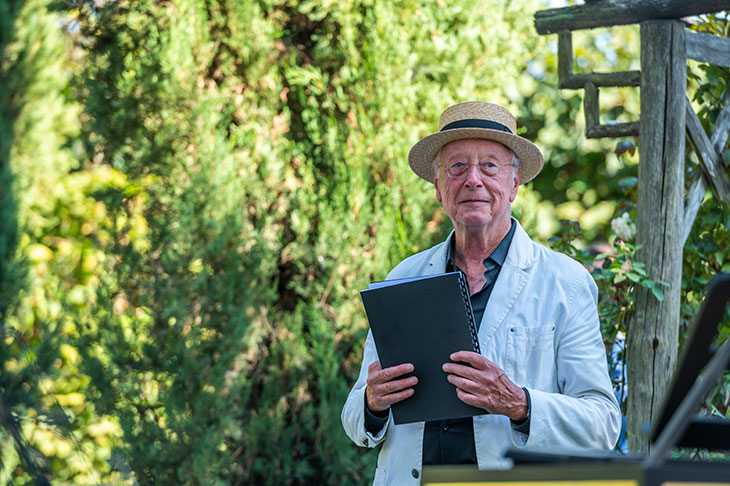
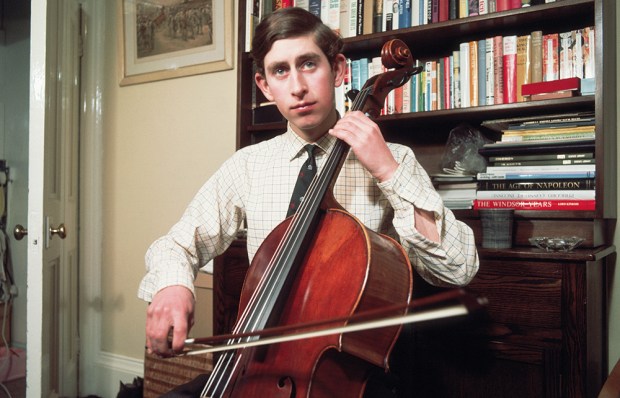

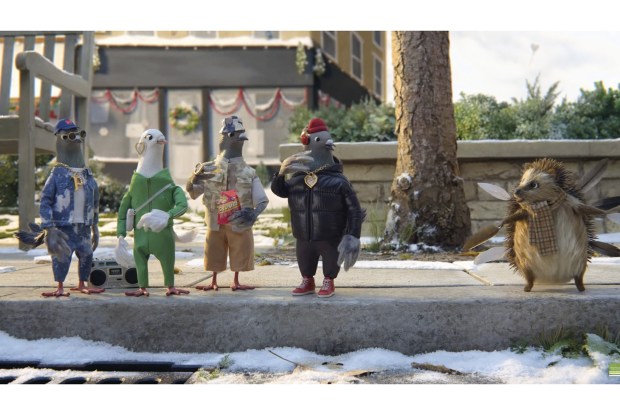
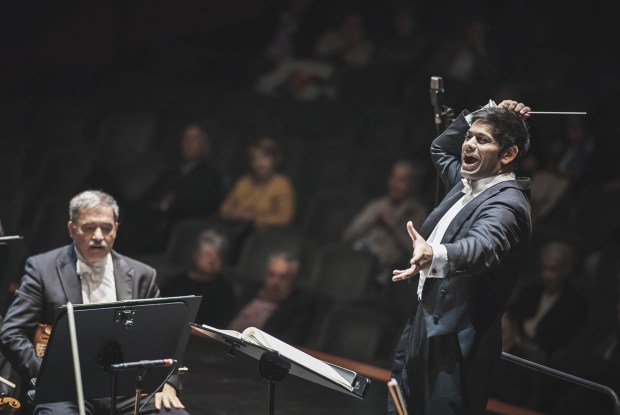
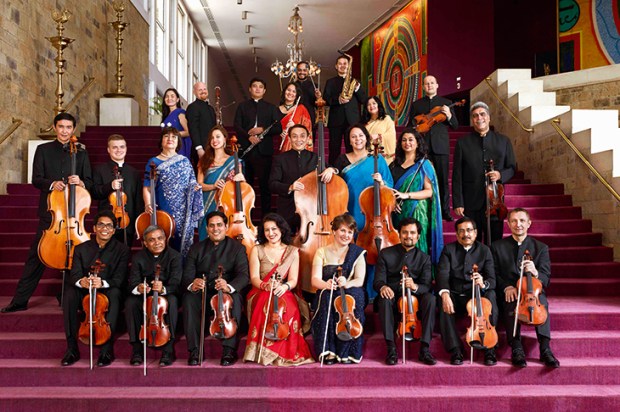
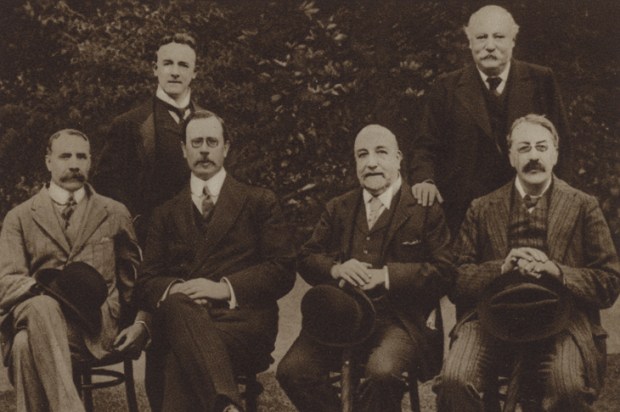






Comments
Don't miss out
Join the conversation with other Spectator Australia readers. Subscribe to leave a comment.
SUBSCRIBEAlready a subscriber? Log in